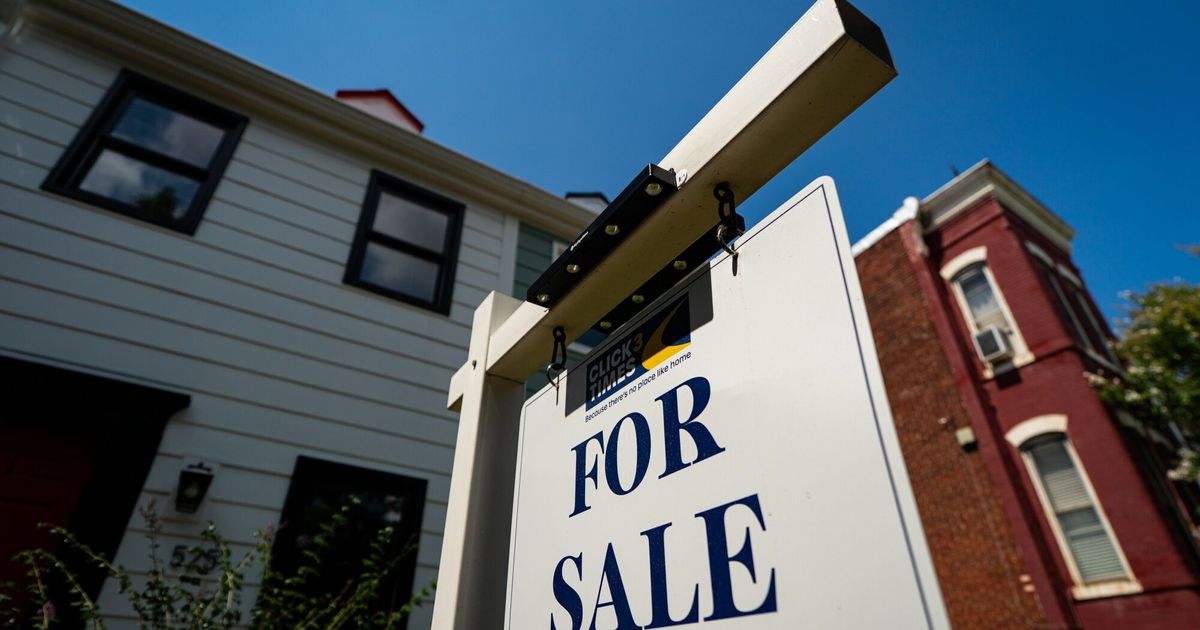Taller apartment and condo towers will soon be allowed along a stretch of Third Avenue, the latest City Hall effort to revive boarded-up spaces in downtown Seattle.
The Seattle City Council voted 6-3 Tuesday to approve a bill allowing residential towers up to 440 feet tall, an increase from the current limit of 170 feet, along a stretch of Third Avenue between Stewart and Union streets.
The rezone covers 11 parcels, including the vacant Kress building formerly home to IGA and the art deco building that houses Ross Dress for Less at the corner of Third and Pike Street. Supporters hope the changes could entice developers to redevelop properties in the area into high-rise housing with some retail on the ground floor.
Sponsor Councilmember Dan Strauss called the changes “critical to changing the things that aren’t working downtown.”
Councilmembers Tammy Morales, Kshama Sawant and Alex Pedersen voted against the bill, raising concerns about the need for more affordable housing.
Morales said she supported more housing downtown, but argued the upzone proposal would not provide enough “benefit to working people.”
“Working people, not downtown, are the economic engine of our city,” she said.
The area along Third near Pike was historically zoned to encourage retail, but many retailers have left downtown as online commerce and the pandemic reshaped shopping. Mayor Bruce Harrell’s administration pitched the rezone as a way of attracting developers to revamp boarded-up retail spaces and to “disrupt” drug use and other “negative activity patterns” along Third Avenue through construction projects that would likely block areas of the sidewalk for months.
Council members debated whether encouraging more market-rate development would indeed revitalize downtown.
“We are not engaged in a project of restoring downtown Seattle to the pre-COVID status quo. Downtowns have to evolve,” said Councilmember Andrew Lewis, who represents downtown and supported the bill.
“By putting a large concentration of residents in our downtown core, we are creating the demand for new storefronts,” Lewis said.
Morales and Sawant argued the city’s Mandatory Housing Affordability regulations would not extract enough money for affordable housing from developers who tapped into the new zoning.
“I do not oppose upzoning these properties, but I believe the city could get a lot more from these developers in exchange,” Sawant said.
City staff estimate the changes could produce two residential towers in the next 20 years with a total of 600 to 1,200 units. Under city affordability mandates, that would generate either 10 to 20 affordable homes in the new towers or between $4.2 million and $8.4 million in fees to fund affordable housing elsewhere.
















